When it comes to choosing a sperm donor, the sheer quantity of choices required overwhelms almost everybody. From deciding between a directed (identified) donor (previously called known donors) versus a nonidentified donor from a sperm bank (previously called anonymous donors), whether or not to do genetic testing, how many vials to buy, and how to talk to your family about it all — the decisions feel endless and often come at you quicker than your heart, brain, and budget can process.
I feel you! As someone who supports queer and solo-parent families, as well as being a parent to three donor-conceived children, I am deeply familiar with the challenges that so many people experience when going through this process — and I want to make it easier for you.
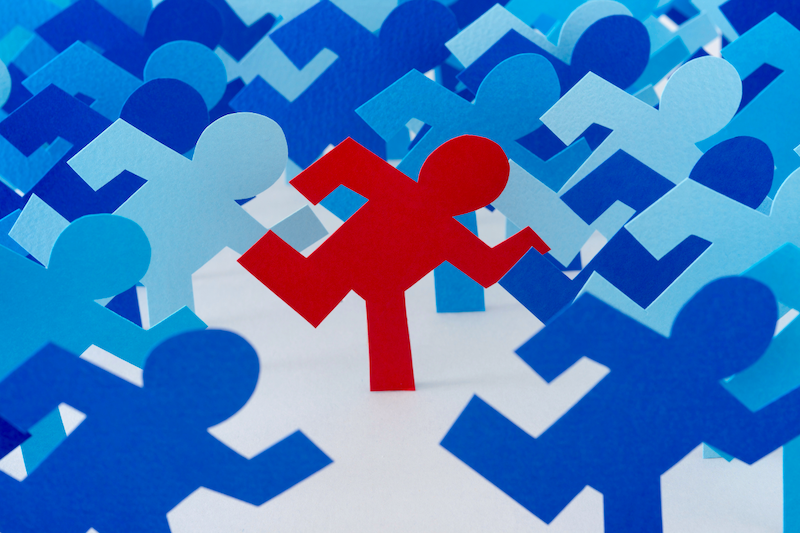
You may need a sperm donor to help you grow your family if you are single, in a relationship with someone who doesn’t produce sperm, or in a relationship with someone experiencing male factor infertility. Sometimes people choose sperm donors due to genetic reasons or personal preference.
This article will guide you through the process of choosing your donor, including:
- How do genes work (i.e. what traits are passed on and which ones aren’t)?
- What are directed and nonidentified donors?
- What are the benefits and drawbacks of a directed donor?
- What are the benefits and drawbacks of a nonidentified donor?
- How can you identify your priorities and decide on a donor?
There’s a lot to think about here, so after you finish this article, head to Choosing a Sperm Donor (Part 2) to learn more about genetic testing, get support in thinking about how many vials to buy, and what to do if your plans change.
How do genes work?
When choosing a sperm donor, you are likely considering what traits they can pass on to a future child. You may wonder if your child can look like your spouse/partner, share your health history, and more.
Interestingly, there’s some debate among scientists about what traits are hereditary (i.e. passed down through our genes) and which ones aren’t. Most physical traits (hair color, eye color, height, etc.) are hereditary, and some personality traits are thought to be hereditary as well. The intersection between nature and nurture is complex, and is something that humans have been debating for centuries — the answer is not clear-cut. Among other things, there isn’t an either/or on whether a trait is genetic: the same gene will have different impacts in different people, depending on their other genes and the environment they live in.
Generally, from a health-care perspective, traits that are important to consider in a potential donor are personal and family health history, mental health history, and screening for genetic variances, since all of these may impact your child’s long-term health. Many people also prioritize ethnicity/ancestral heritage to match theirs or their partner’s.
What are directed and nonidentified donors?
There are two types of sperm donors: directed and nonidentified donors. We used to use the language “known” and “anonymous” donors, but with the changes to the availability of at-home genetic testing and the connections made possible via social media, true donor anonymity has been nearly phased out.
Directed donors are people who agree to donate sperm for the purpose of growing your family. They may be a friend, a family member of your partner (if applicable), or someone you meet from the internet (in groups like Just a Baby or Gayby).
Nonidentified donors are people who donate to a sperm bank. In this case, the sperm bank takes care of all the logistics, including testing their sperm motility/count, compensating donors, and taking care of most of the legal considerations.
Donor sperm can be used for at-home inseminations or during fertility treatments such as IUI and IVF, and the type of donor sperm you choose can influence which conception method makes the most sense for you.
Let’s dive deeper into the pros and cons of each choice.
What are the benefits and drawbacks of directed donors?
Benefits of using a directed donor
Some people appreciate the personal approach and that the donor can have some kind of relationship with their child, although this is not a requirement and is up to each family to decide. Many donor-conceived people also consider having access to meeting their donor at some point a necessary right.
Fresh sperm lives for longer than frozen sperm and can, in some cases, improve your chances of conception, therefore making it easier to do at-home insemination. Using a directed donor is also cheaper (up front) than buying sperm from a bank — but this does not include legal fees or any testing that your directed donor will do.
Drawbacks of using a directed donor
This is a relationship that requires immense care and attention. When initiating a directed donor relationship, it’s essential to sign a donor contract, have very clear conversations about sexual health practices and STI testing, get their sperm quality evaluated, and go through the legal process of protecting your family after the birth of the child, which can be complex and time-consuming.
Also, for many people, the donation process can feel awkward — especially for the first time.
If using a directed donor in a fertility clinic setting, it can make this process longer and more expensive, as most fertility clinics were not built for people using directed donors and there can be extra paperwork and evaluations needed.
In very rare cases, the relationship with directed donors can go sideways, resulting in legal challenges and stress after the child is born.
What are the benefits and drawbacks of nonidentified donors?
Benefits of using a nonidentified donor
Using a nonidentified donor from a bank is simple and straightforward from a legal and social perspective (at least for the parents). There are often many donors to choose from, and sperm banks offer ways to filter for the qualities you’re looking for. For some people, the anonymity of sperm bank donors feels comfortable, and there is (almost) no risk of STIs or other health concerns. Also, sperm banks screen all their donors well and offer only donors with very high sperm count and motility.
Drawbacks of using a nonidentified donor
It’s very expensive, with vials ranging from $1,000 to $2,500 as of 2024. There is a well-documented lack of donors of color at sperm banks, specifically Black and Filipino donors. Some people prefer to know their donor personally, and want to offer that opportunity to their children.
One major drawback of nonidentified donors is that some sperm banks have high family limits per donor, which refers to the number of families that can use the same donor sperm. This is important because it pertains to social and medical issues, such as the experiences of donor-conceived people, and consanguinity (i.e. the risk that two people with the same DNA unknowingly form an intimate or sexual bond).
The American Society for Reproductive Medicine currently recommends that sperm banks have a 25-family limit, meaning the same donor cannot donate to more than 25 families. Some banks, like the Sperm Bank of California, have lower family limits. There have been some reported issues about sperm donors donating to multiple banks and therefore going over the recommended family limit, because sperm banks don’t necessarily cross-check where their donor sperm comes from.
If you decide to go with a nonidentified donor, I strongly recommend choosing an open-ID donor — meaning the person who donated sperm consents to being contacted by the child when they turn 18. Many donor-conceived people are firm advocates for this right. Most sperm banks are moving into a completely open-ID model. And with at-home DNA testing like 23andMe available, closed-ID donors are becoming a thing of the past.
Exercise: Identify your priorities
Choosing to pursue using a directed or nonidentified sperm donor can be complex in and of itself, and then once you’ve decided on the type of donor, making the choice about the individual can feel even more overwhelming. Many people I work with find choosing a donor to be a strange experience, partly because it’s weird to make an analytical choice about something as intimate as your future child’s DNA, and partly because our society doesn’t generally speak about this choice or offer us a framework to make it.
I want to share an exercise based on the one that my co-author Ray Rachlin and I offer in our book, Baby Making for Everybody: Family Building and Fertility for LGBTQ+ and Solo Parents. It’s a framework that has supported thousands of prospective queer and solo parents in moving through indecision and overwhelm regarding choosing a sperm donor. If you have a partner, I recommend that each of you do this exercise separately and share with each other after.
Step 1: Explore your preferences
Take a piece of paper and write down all the qualities you are looking for in a donor. Don’t hold back — let yourself imagine and describe your ideal donor.
Some examples of qualities that people include are:
- Ethnicity
- Personality traits
- A feeling or intuition they experience in relation to reading a profile, hearing their voice, seeing a photo, etc.
- Hair color
- Eye color
- Height
- Interests
- Profession
- IQ
Step 2: Identify your priorities
Take a step back and look at the list of qualities you wrote down in Step 1. Think about the five qualities that are the most important to you in a donor. Circle your top 5.
Note: If you are having trouble narrowing down your top 5, consider two qualities at a time (e.g. hair color and height), identify which one is a higher priority for you, circle it, and then continue this process until you have your top 5. It’s okay if you need to take a few hours away from your list and come back to it — sometimes taking a step away can be clarifying.
Step 3: Imagine explaining your choice to your future child
Imagine that in eight years you’re talking to your future child about why you chose their sperm donor. What would you say? What would feel most important to communicate to them? How do you feel when you imagine having this conversation?
Step 4: Rank your priorities
Return to Step 2, and rank your priorities from one to five, one being the most important and five being the least. I recommend remaining committed to your top three priorities and holding the bottom two with a looser grip. Sometimes people are able to find donors who fit their top 5 criteria, and other times, compromise is part of the process (not unlike parenting itself).
With your top two to five priorities in hand, you’ll be able to sort through sperm bank filters and look for donors who match your criteria. Or you can think about the people with sperm in your extended community and get a sense of who you can ask. You can access a free template letter for asking potential directed donors here.
Closing thoughts
The process of choosing a sperm donor can elicit big emotions and lots of questions. I hope this information, and the practice of narrowing down your priorities, helps reduce overwhelm throughout this process. Choosing a donor is an important step, but it’s also just that — a step — bringing you closer to your ultimate goal of growing your family.
The bottom line
- Many qualities are hereditary, but scientists still debate the interplay between nature and nurture — and choosing your priorities in a donor is a deeply personal choice.
- Directed (identified) and nonidentified donors each offer benefits and drawbacks that affect your conception options and timeline for growing your family.
- I recommend ranking your top 5 priorities in a donor, and using your top 3 to guide your choice.
We recognize that readers of ParentData identify in different ways — read more about our approach to gender-inclusive language here.
Community Guidelines





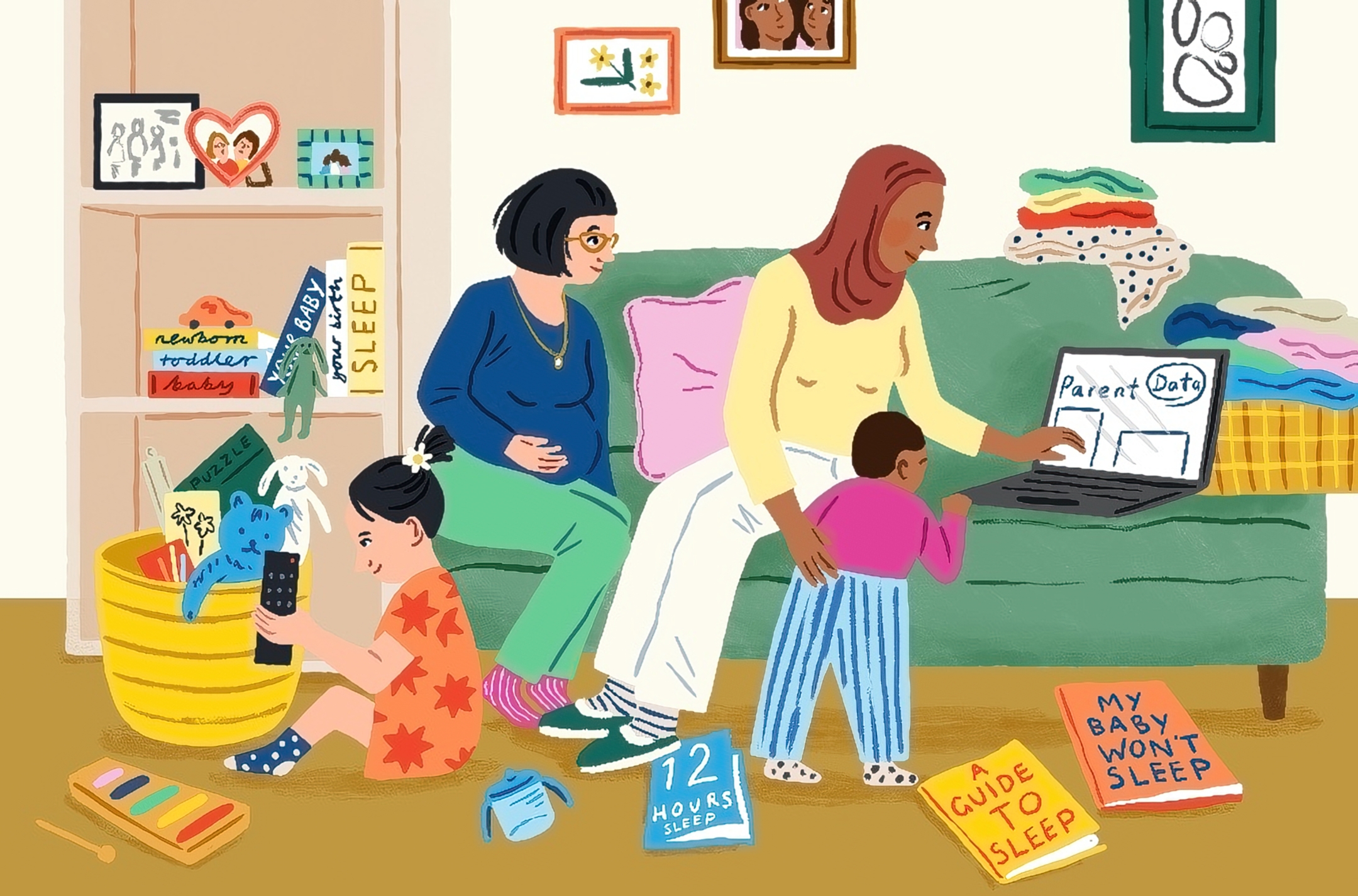
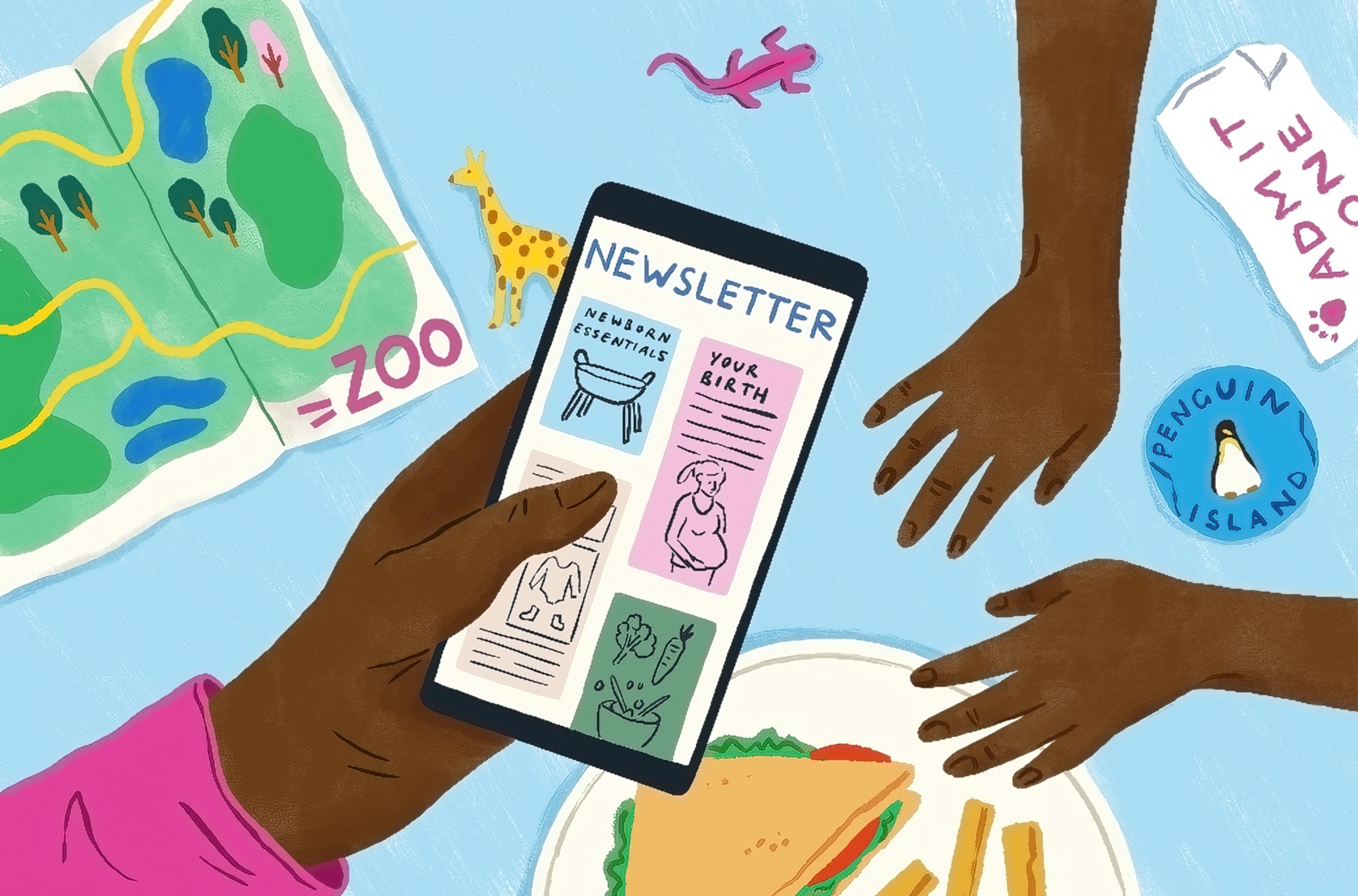
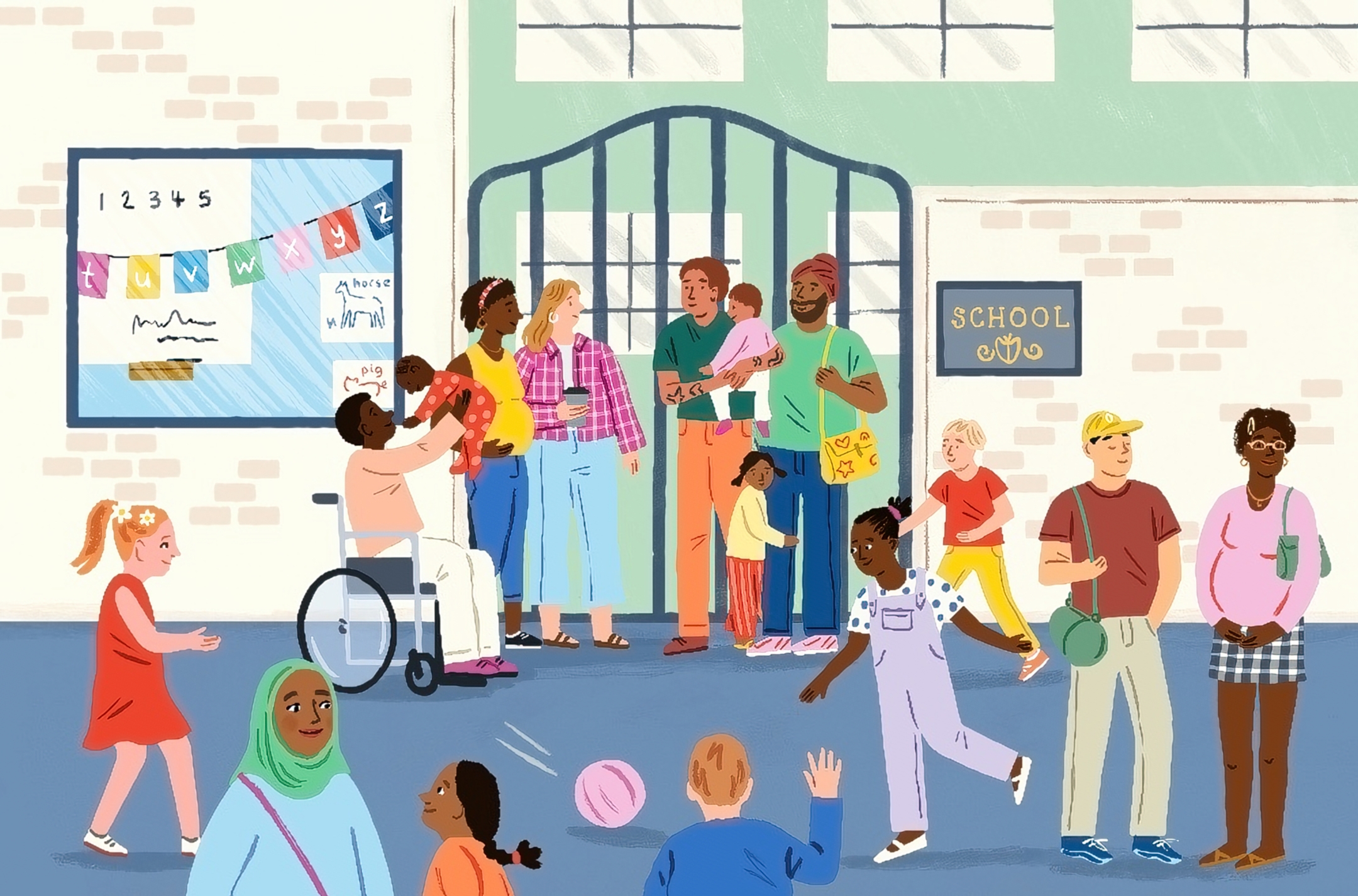

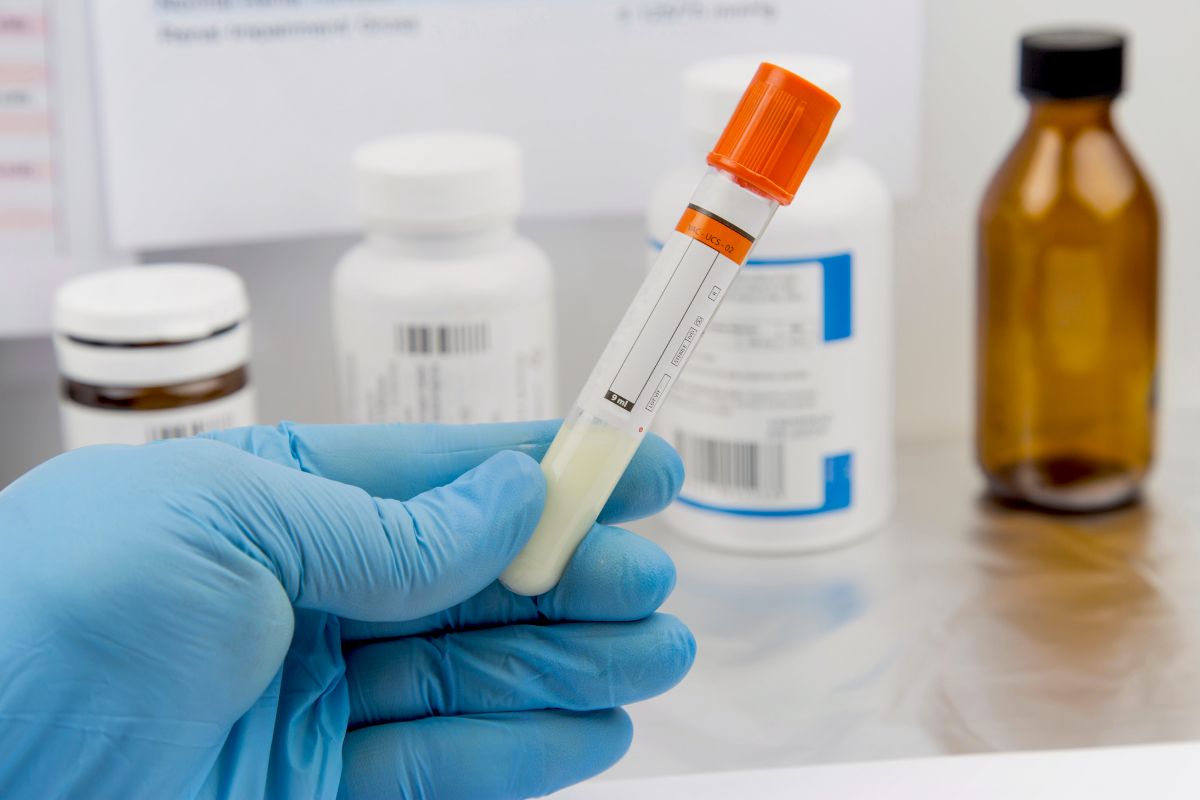


Log in